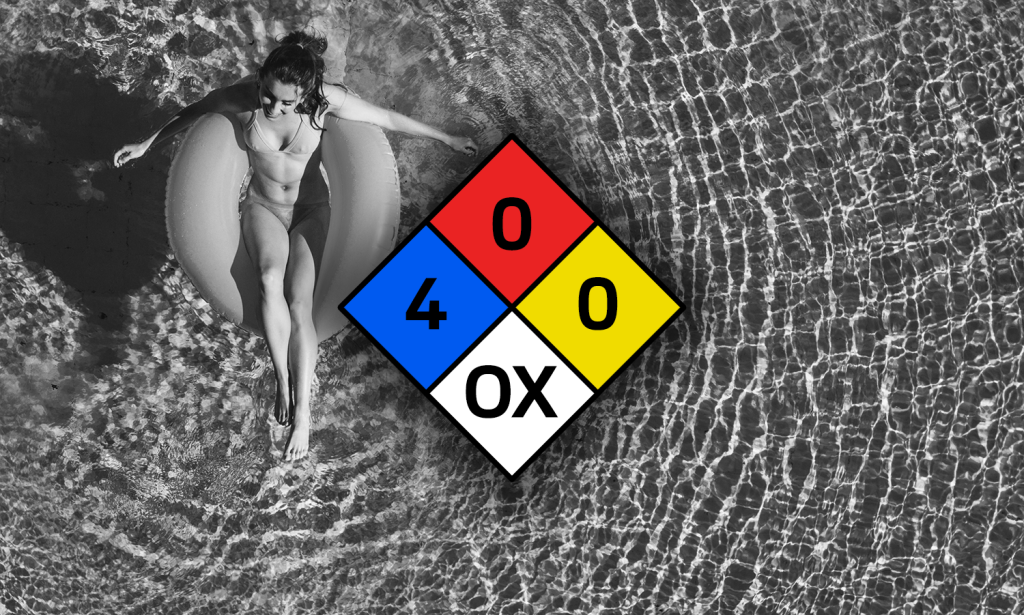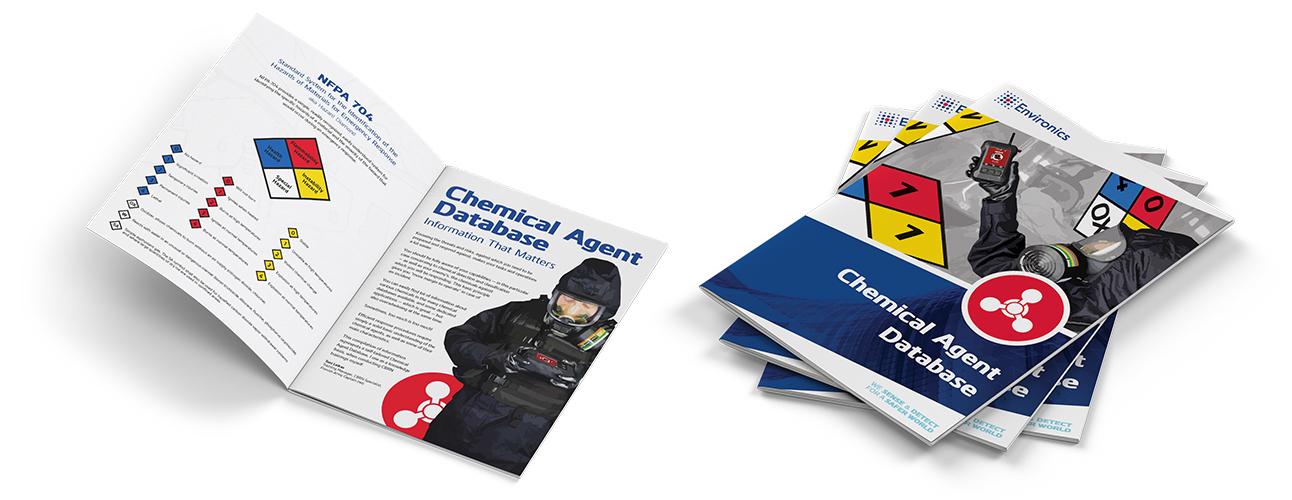From Tap Water to Chemical Weapons

Historical Background
Chlorine was discovered in 1774 by Carl Wilhelm Scheele, a German / Swedish pharmaceutical chemist. He also discovered nitrogen, oxygen, barium, manganese, and wolfram, not forgetting organic acids like hydrofluoric, hydrocyanic, and arsenic acids. Although he discovered chlorine, the British Sir Humphry Davy confirmed chlorine to be an element in 1810 and named it. Dry chlorine with water forms hypochlorite with disinfection action. This solvent was first in used to disinfect tap water in Maidstone (England), in 1897 in typhoid outbreak.
On 22nd April 1915 chlorine gas was used for the first time as a chemical weapon, on Ypres front, Belgium. The German army released approximately 150 tons of chlorine gas, creating a six-kilometre-wide and 900-meter-deep cloud that drifted towards the Allies positions. Because chlorine’s density is heavier than air, it was not a good idea to seek refuge in the trenches. The casualties were approximately 15 000 and 5000 soldiers were killed. This gas attack marks the starting of the usage of chemical weapons in WW1.
After 22nd April 1915 chlorine gas has been used several times as a chemical warfare agent, mostly in WW1, but also in Syrian civil war. Accidents with chlorine gas can happen and cause panic, like it did in Graniteville (USA), where it killed 8 people on 6th January 2005.
It is important to remember that chlorine is a chemicalk used in some indstries and some household products.
Commercial Uses or Precursor Chemicals
Chlorine is one of the most commonly manufactured chemicals. It is most importantly used in the manufacture of paper and cloth. It is also used to make pesticides, rubber and solvents. Chlorine is used in drinking water and swimming pools to kill harmful bacteria. Normal household chlorine based bleach can release chlorine gas, which is certanly mixed with other cleaning agents.
Symptomatology
Chlorine is a greenish yellow gas with pungent suffocating being heavier than air. Chlorine gas is a high volatile toxic oxidizer and it is a non-persistant chemical. Indicator signs of the presence of chlorine can be bleach and chlorine odour. The strong smell may provide adequate warning to people that they are exposed.
Immediate symptoms of chlorine exposure can be cough and sore throat, shortness of breath and laboured breathing, blurred vision, watering eyes and redness of eye. The skin contact can cause skin redness, frostbites, burn and pain.
Response
Leave the area and evacuate the exposed people into fresh air, keeping in mind that chlorine is heavier than air and it settles in low-lying areas.
For first responders, the presence of chlorine requires a protection level from minimum to middle, in an unknown situation.
In a small spill or leak (less than 200 litres) the initial isolation distance in all directions is 60 meters and protection distance during day is 300 meters, changing 1,4 kilometres during night.
In a large spill or leak (more than 200 litres) the isolation area is 600 meters in all directions. The protection area depends of the wind speed, being during day time from 5,8 kilometres (wind speed <10 km/h) to 2,9 kilometres (> 20 km/h), changing to 6,7 kilometres (wind speed <10 km/h) to 4,1 kilometres (> 20 km/h).
Chlorine solution in water is a string acid, therefore it reacts violently with bases and it’s corrosive.
All indications — smells, people’s symptoms — are clues to be taken into account together with detection equipment, providing data to classify and identify the chemical, and to start response actions and first aid measures.
Would you like to know more?

Get your own issue of the “Chemical Agent Database – Information
That Matters” and gain access to extra content!
Leave a Reply